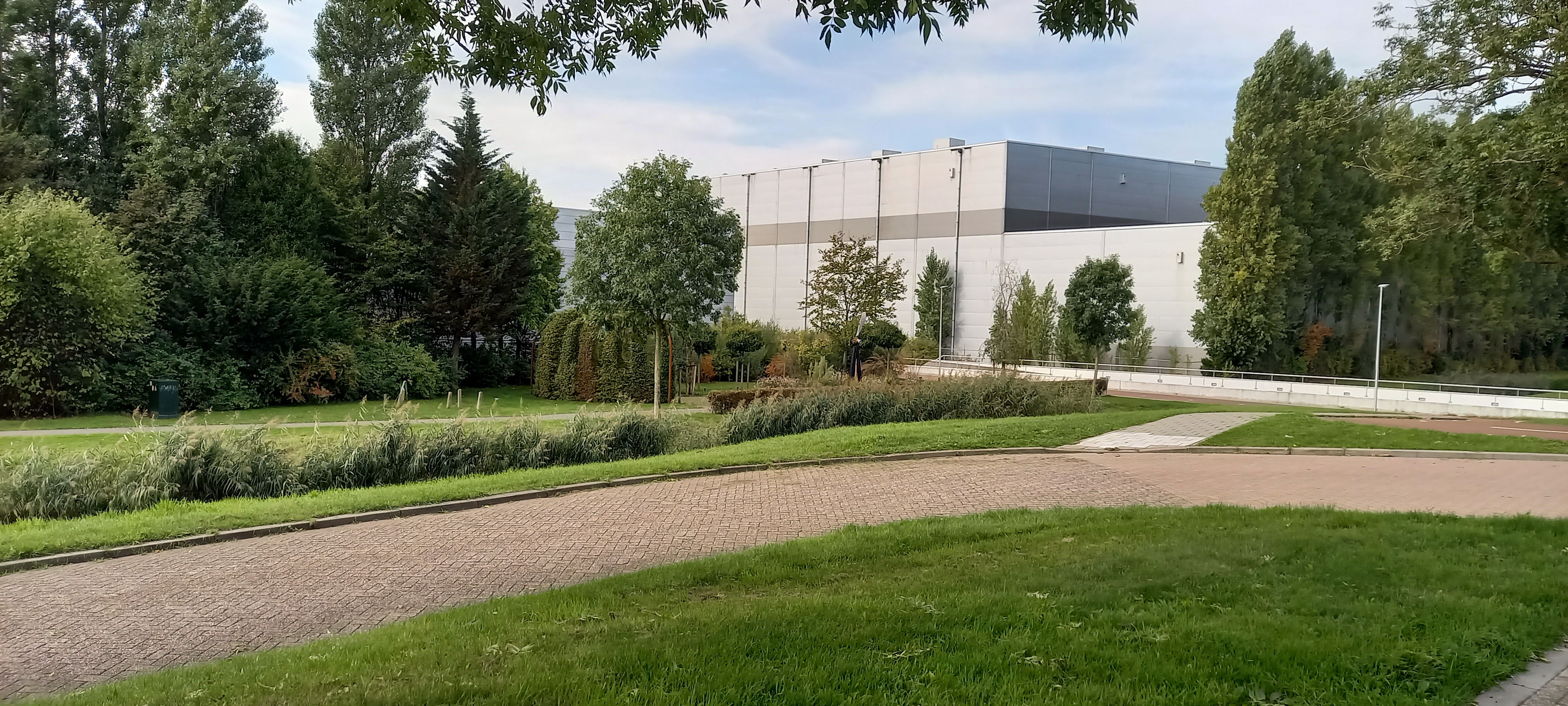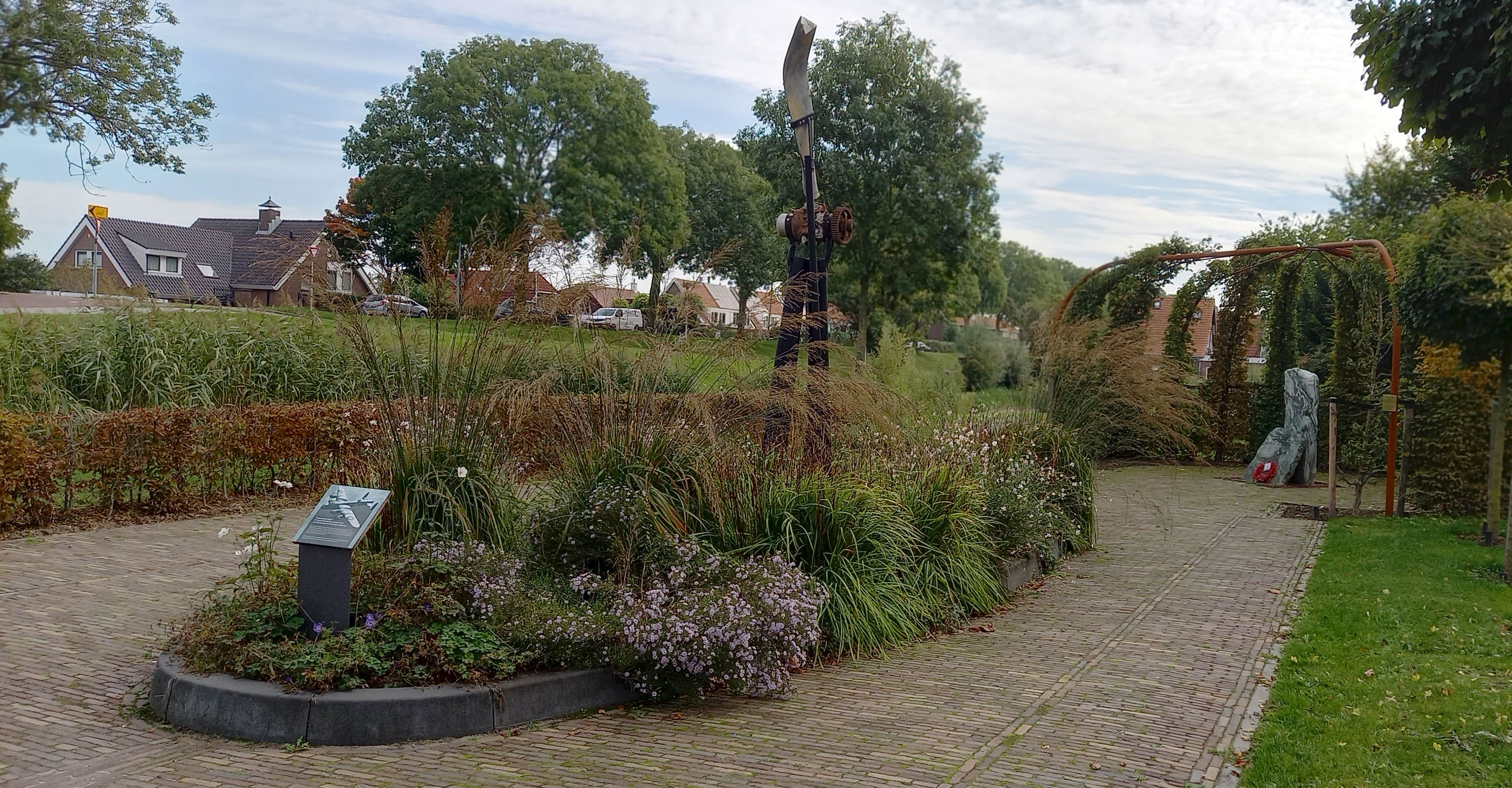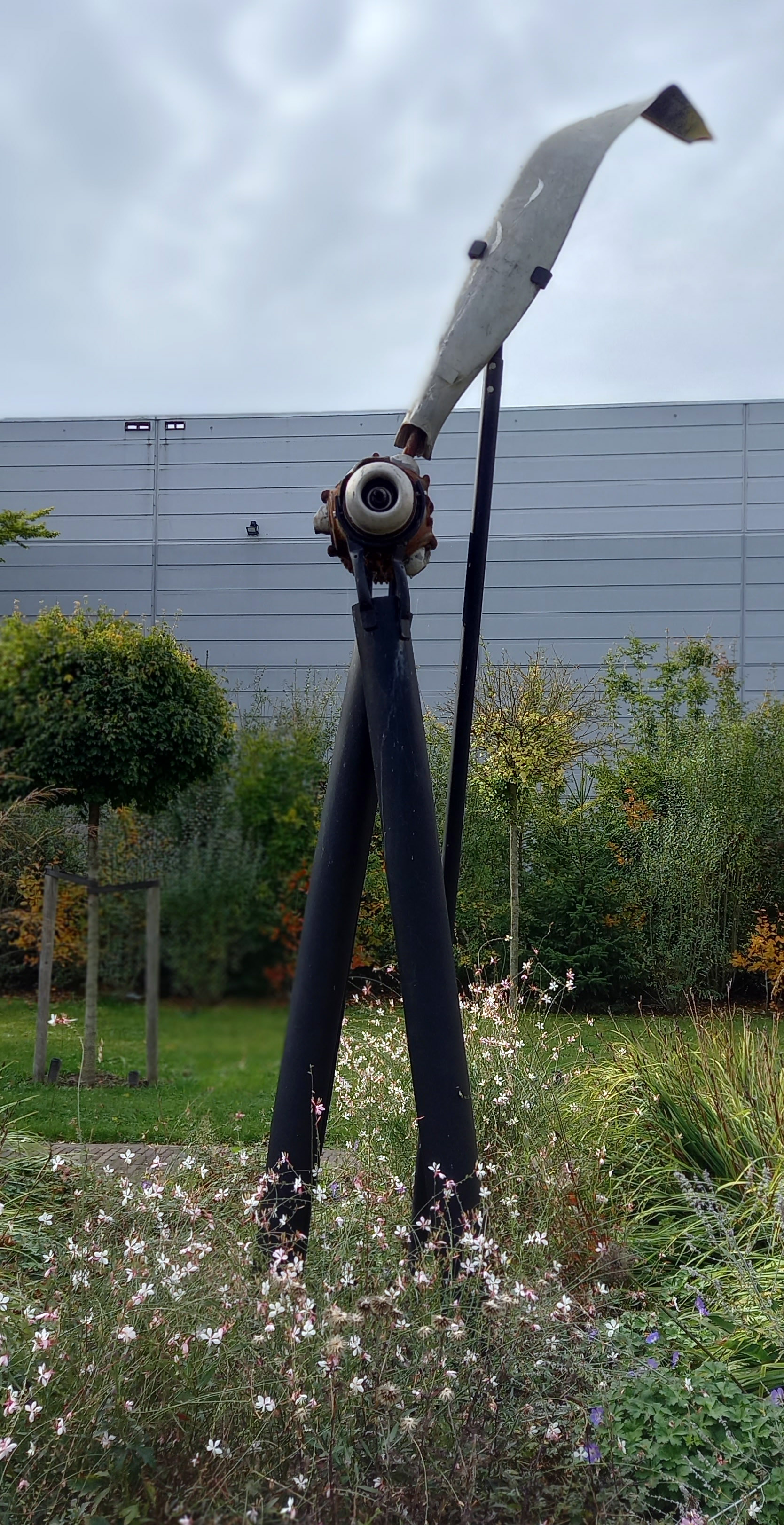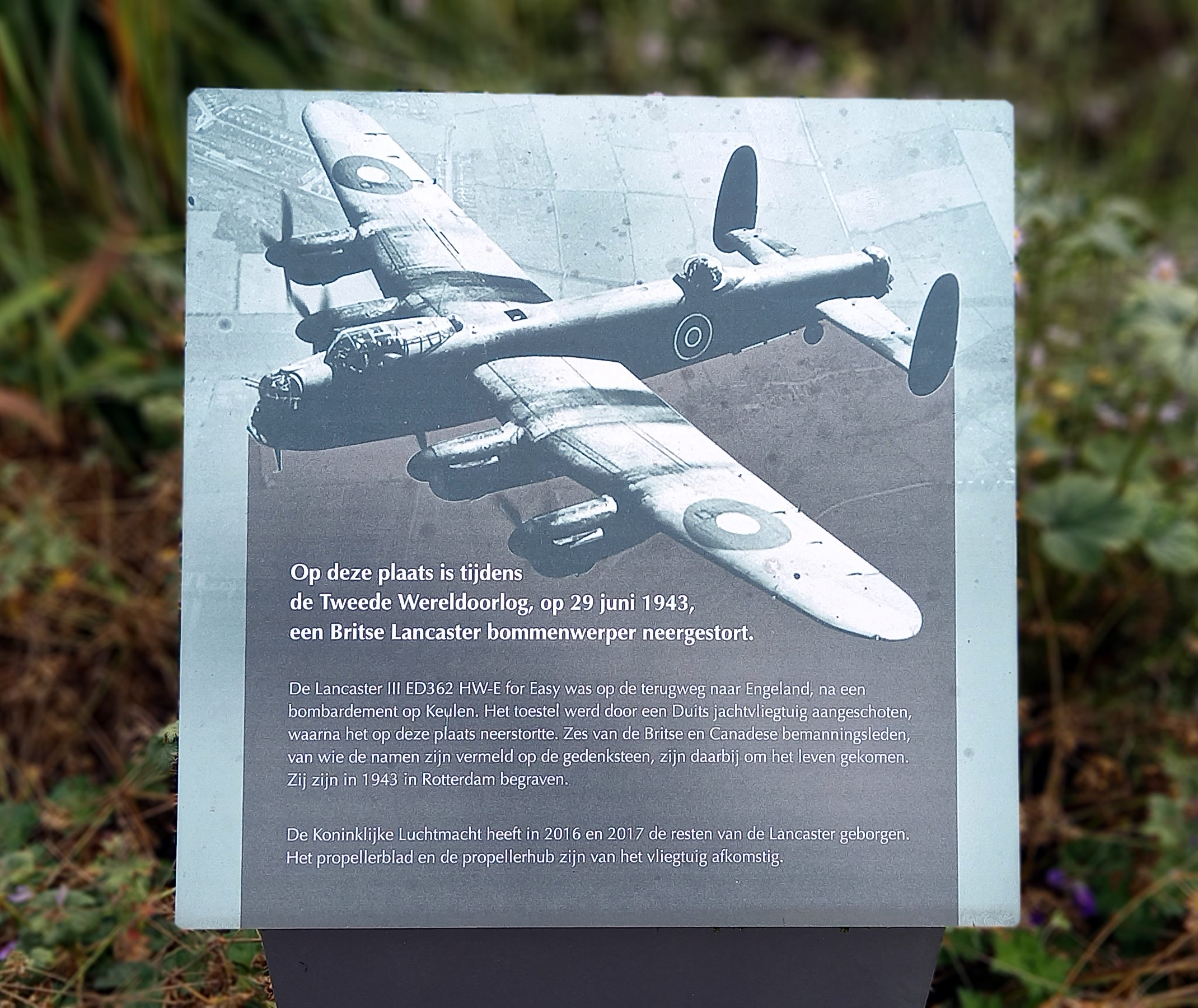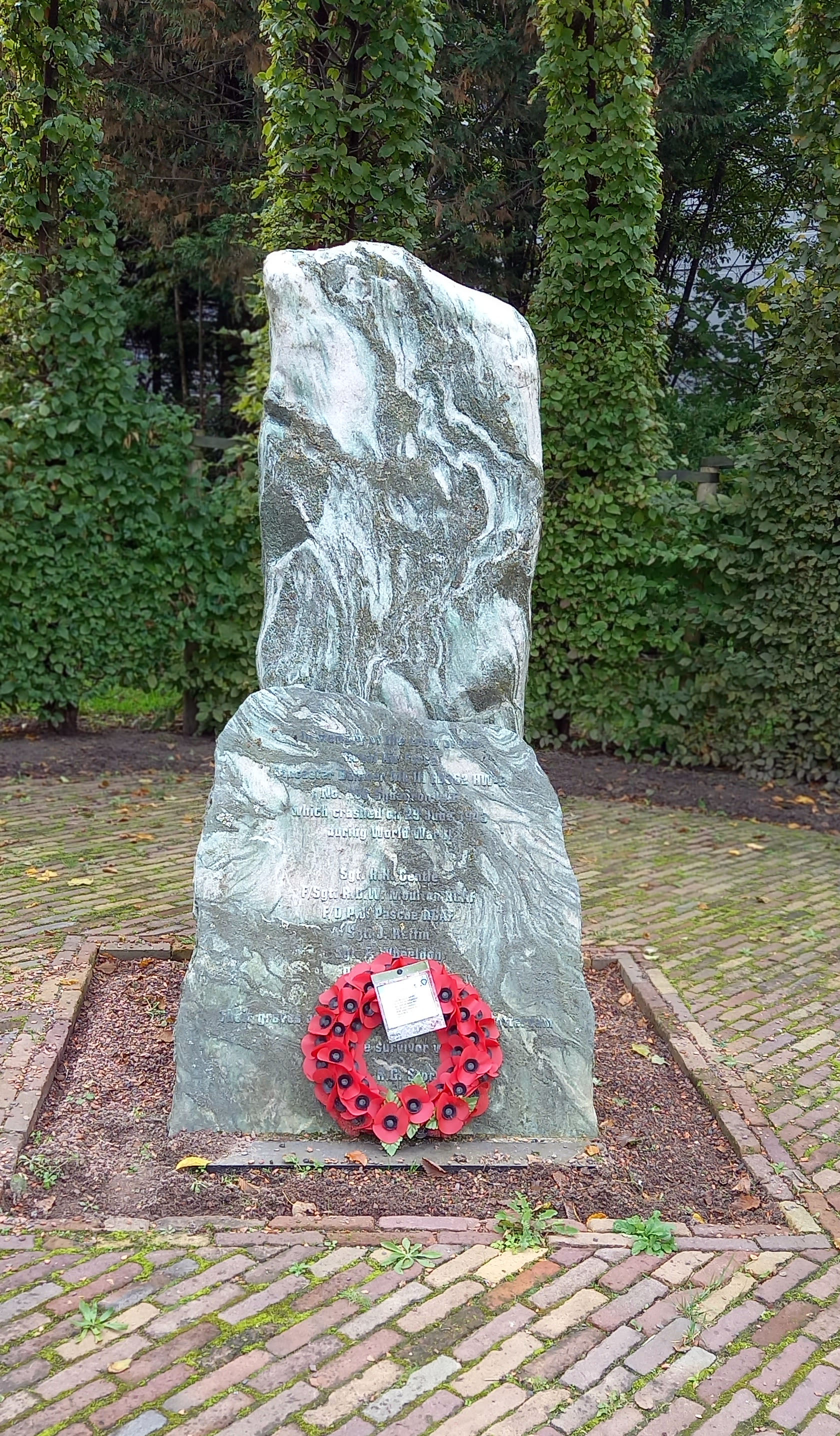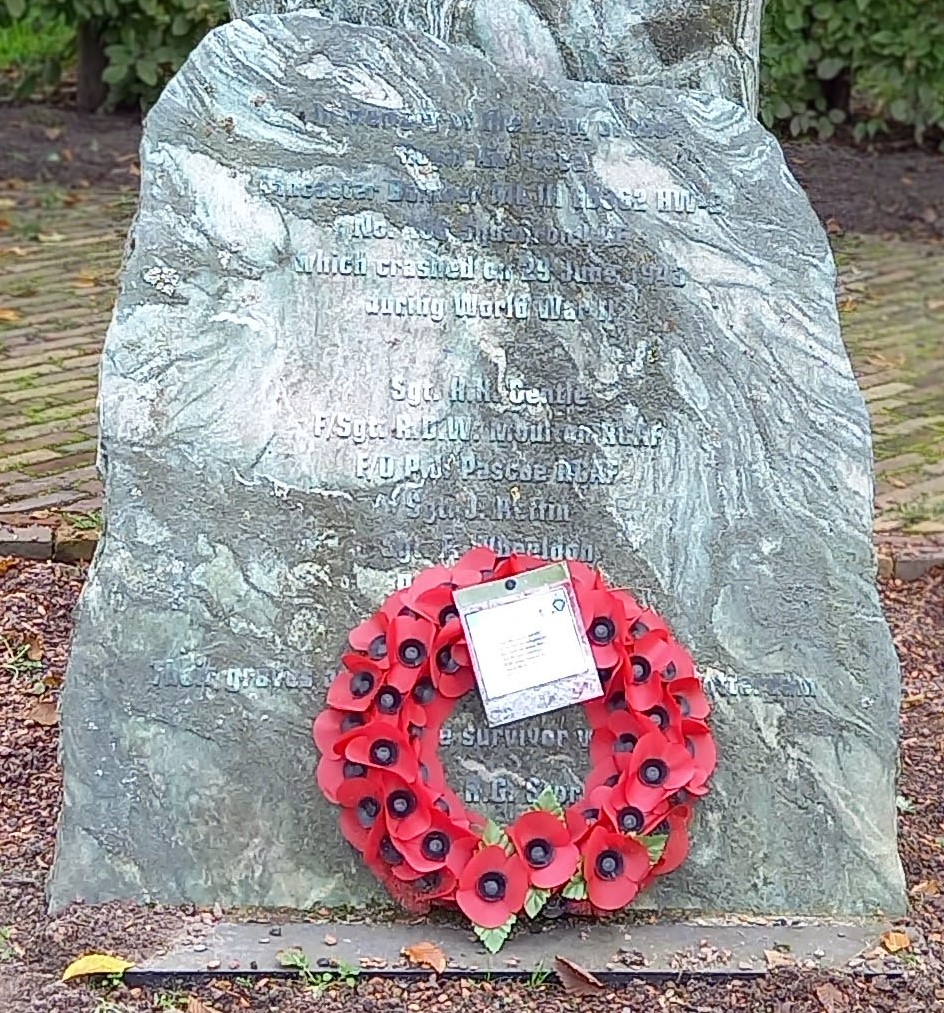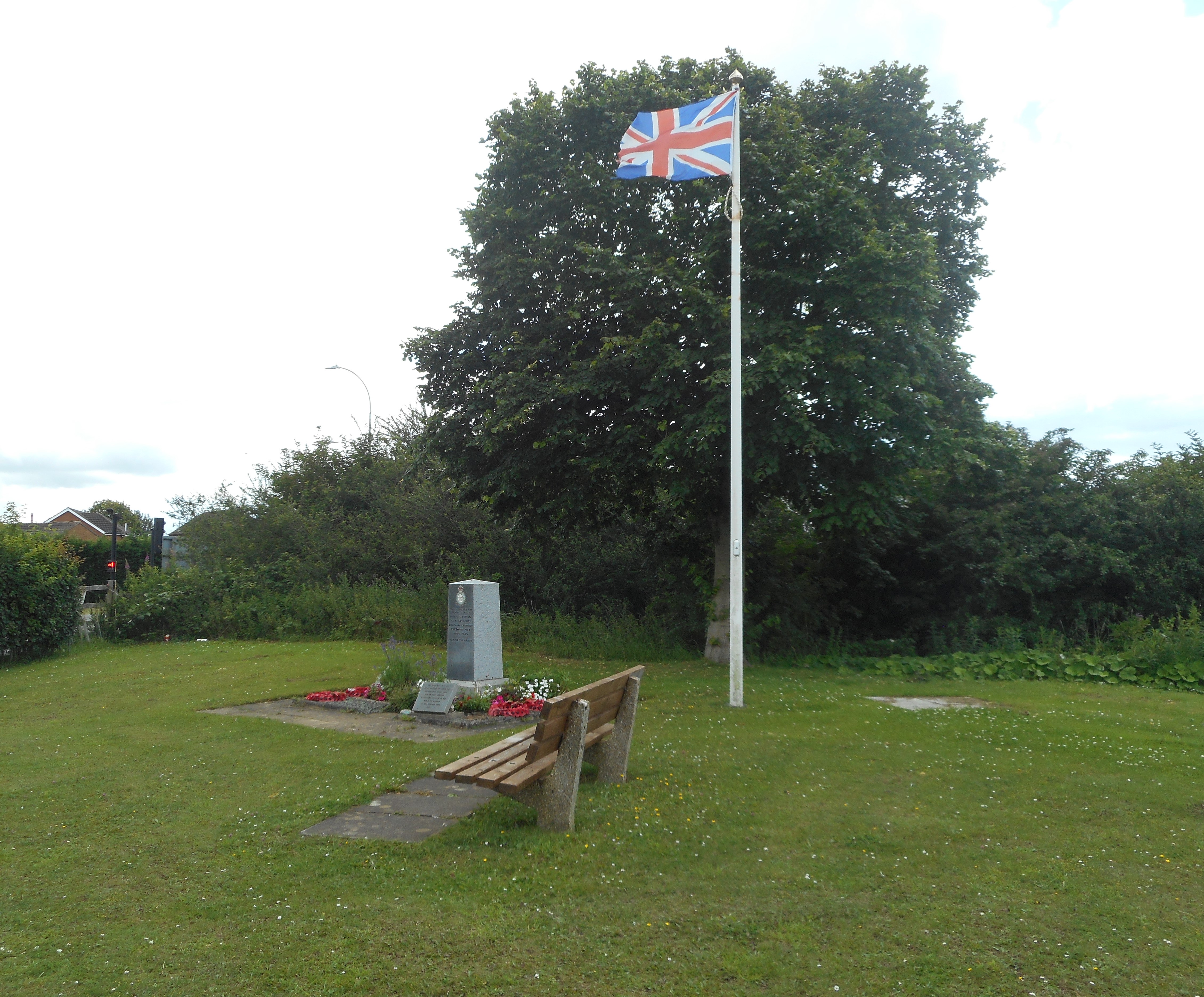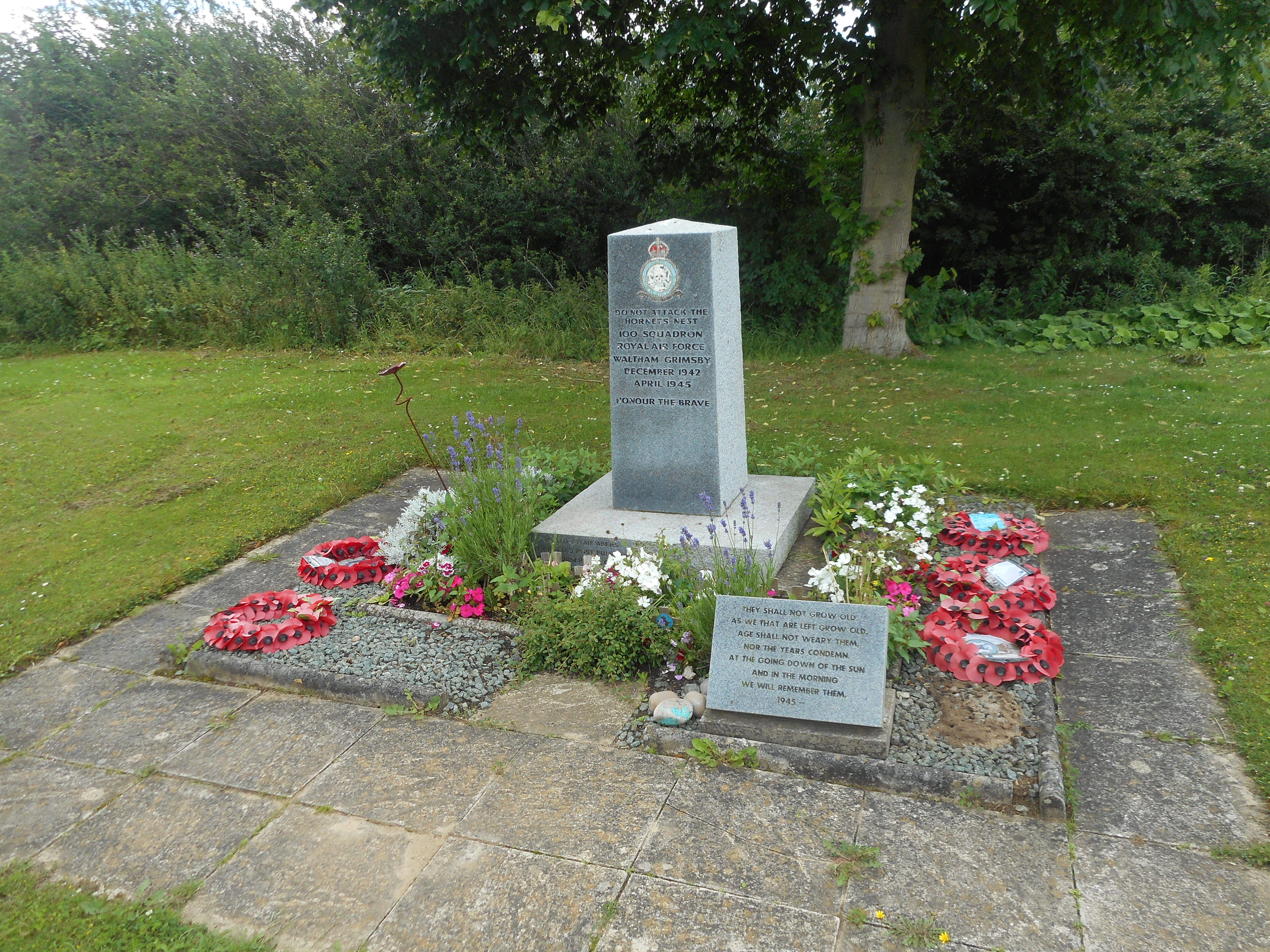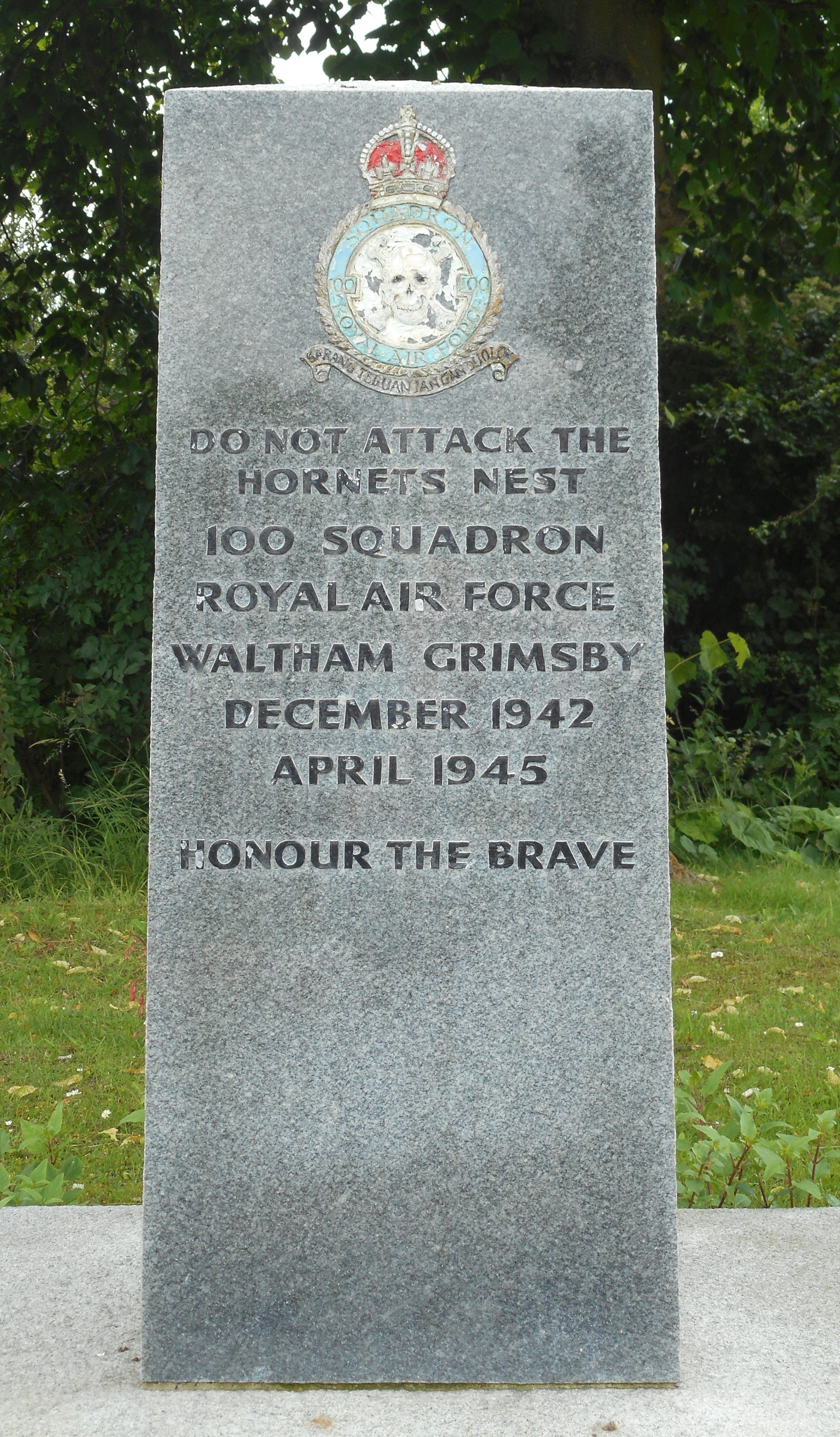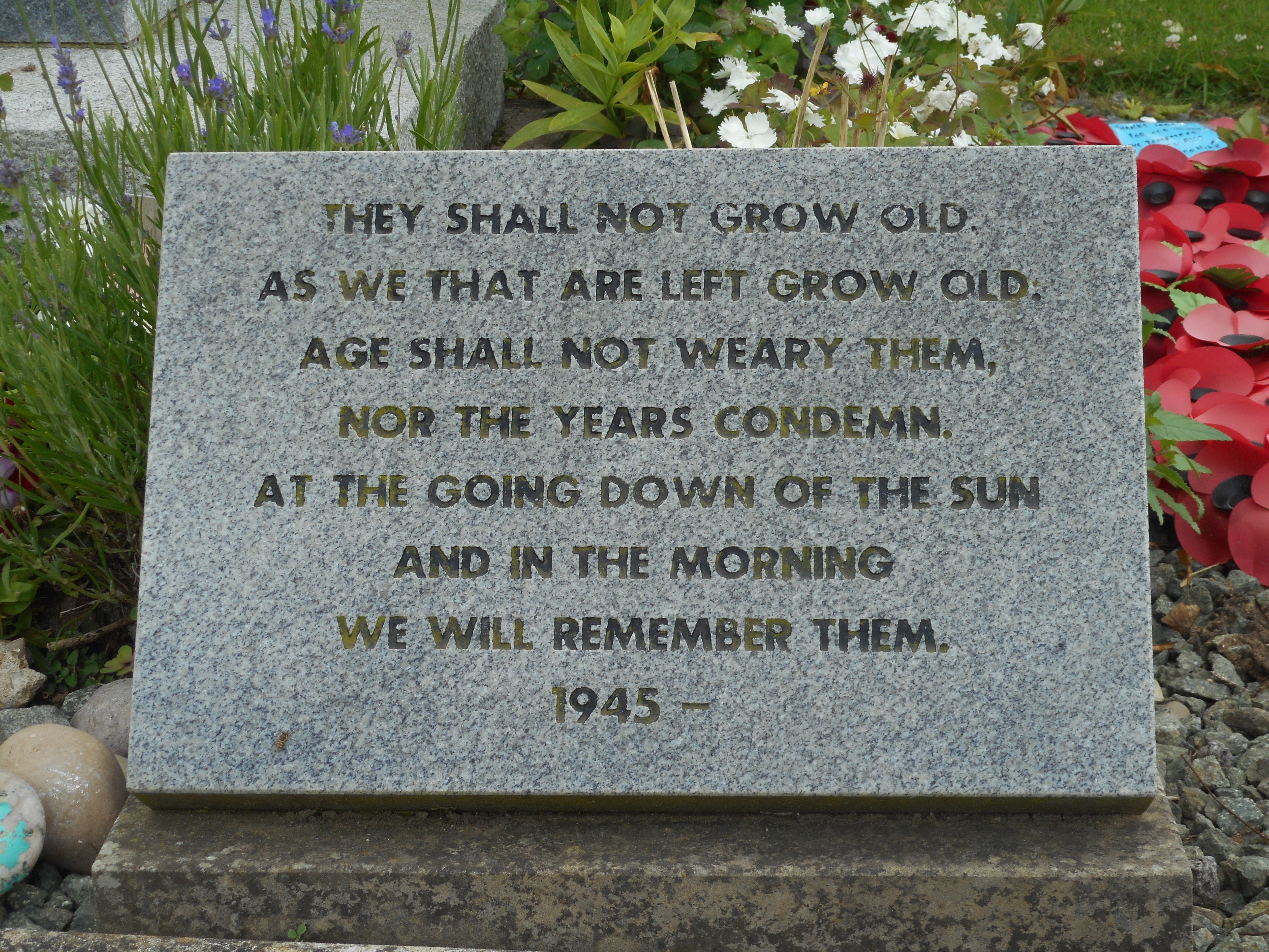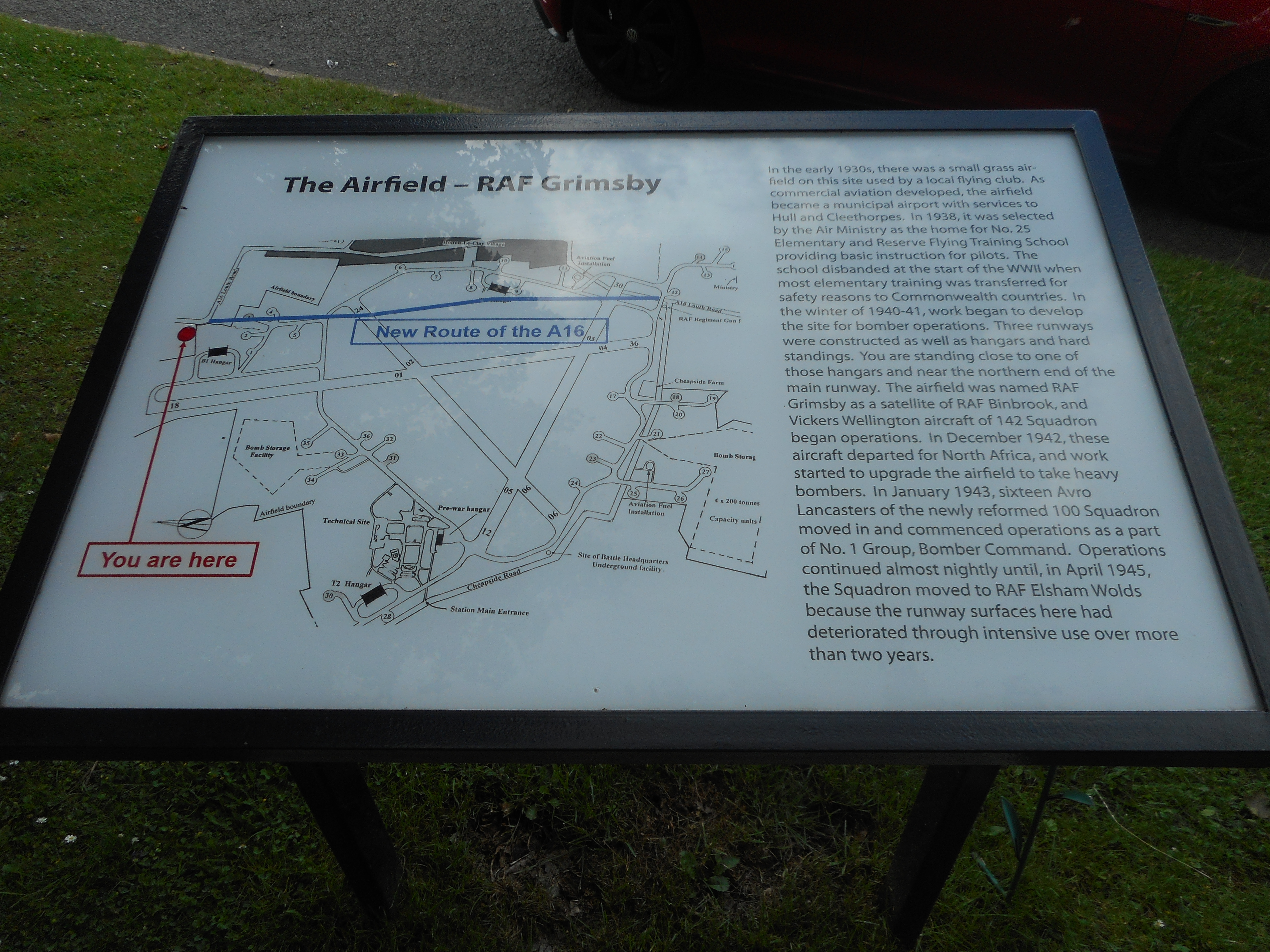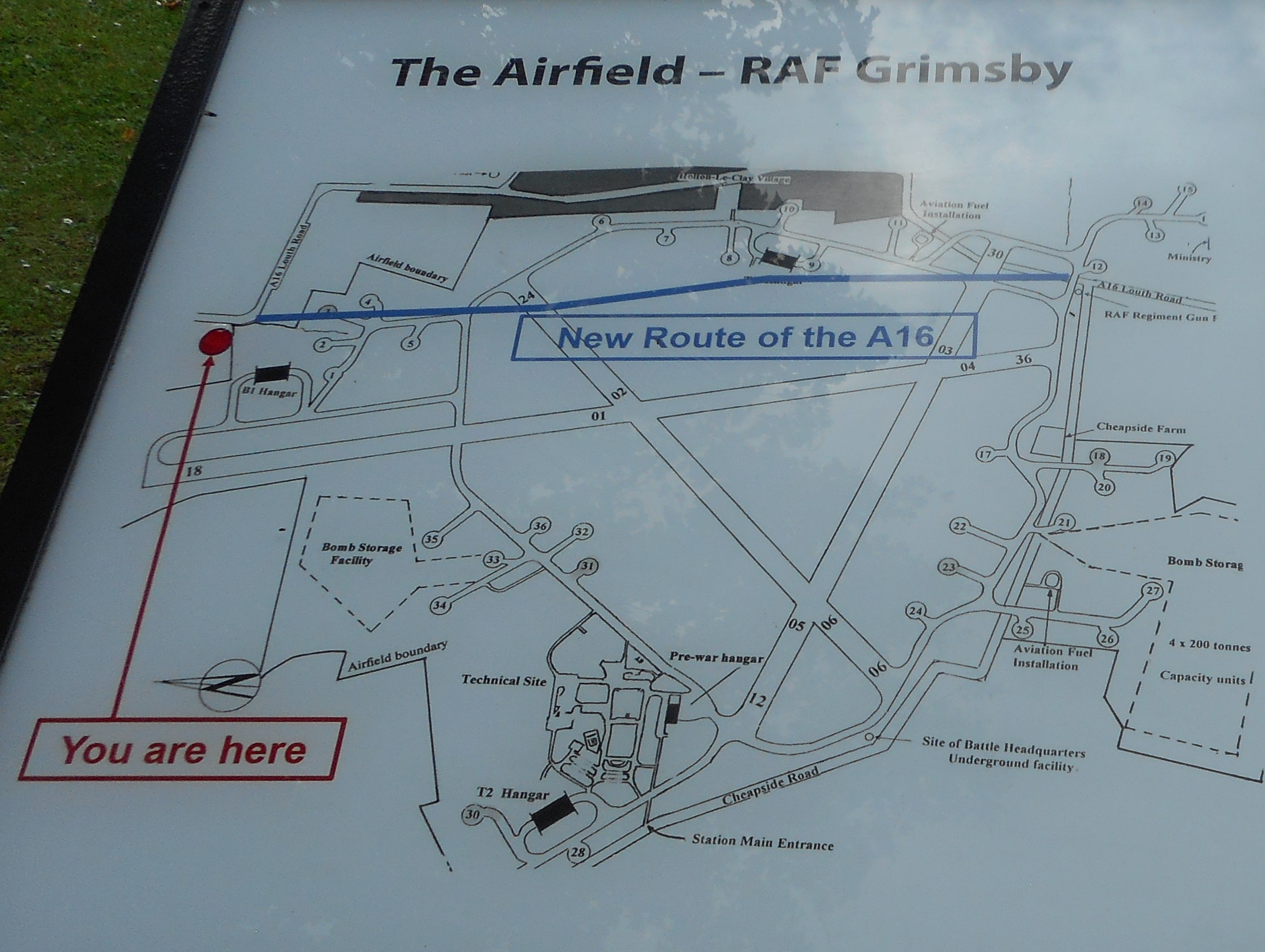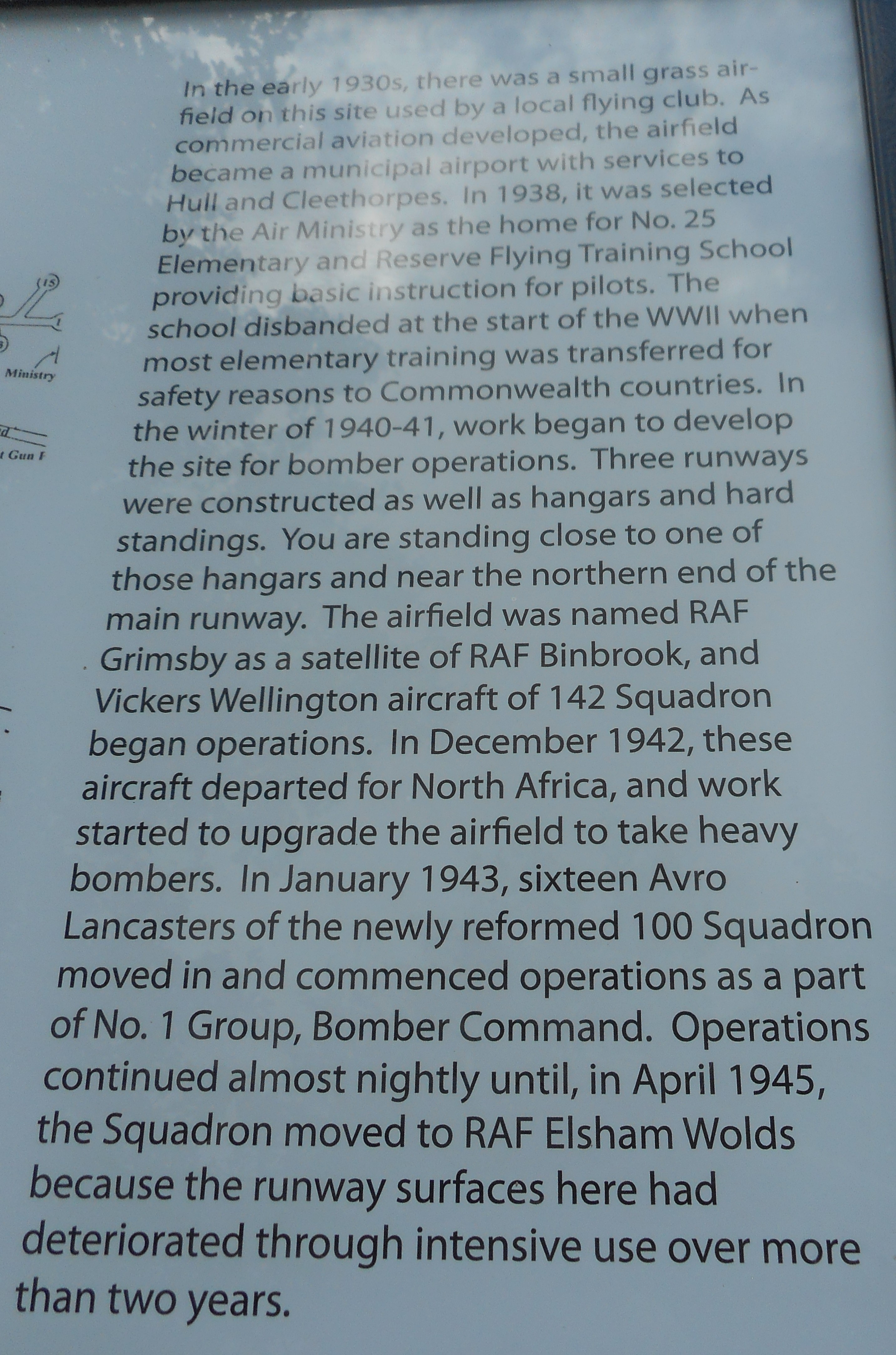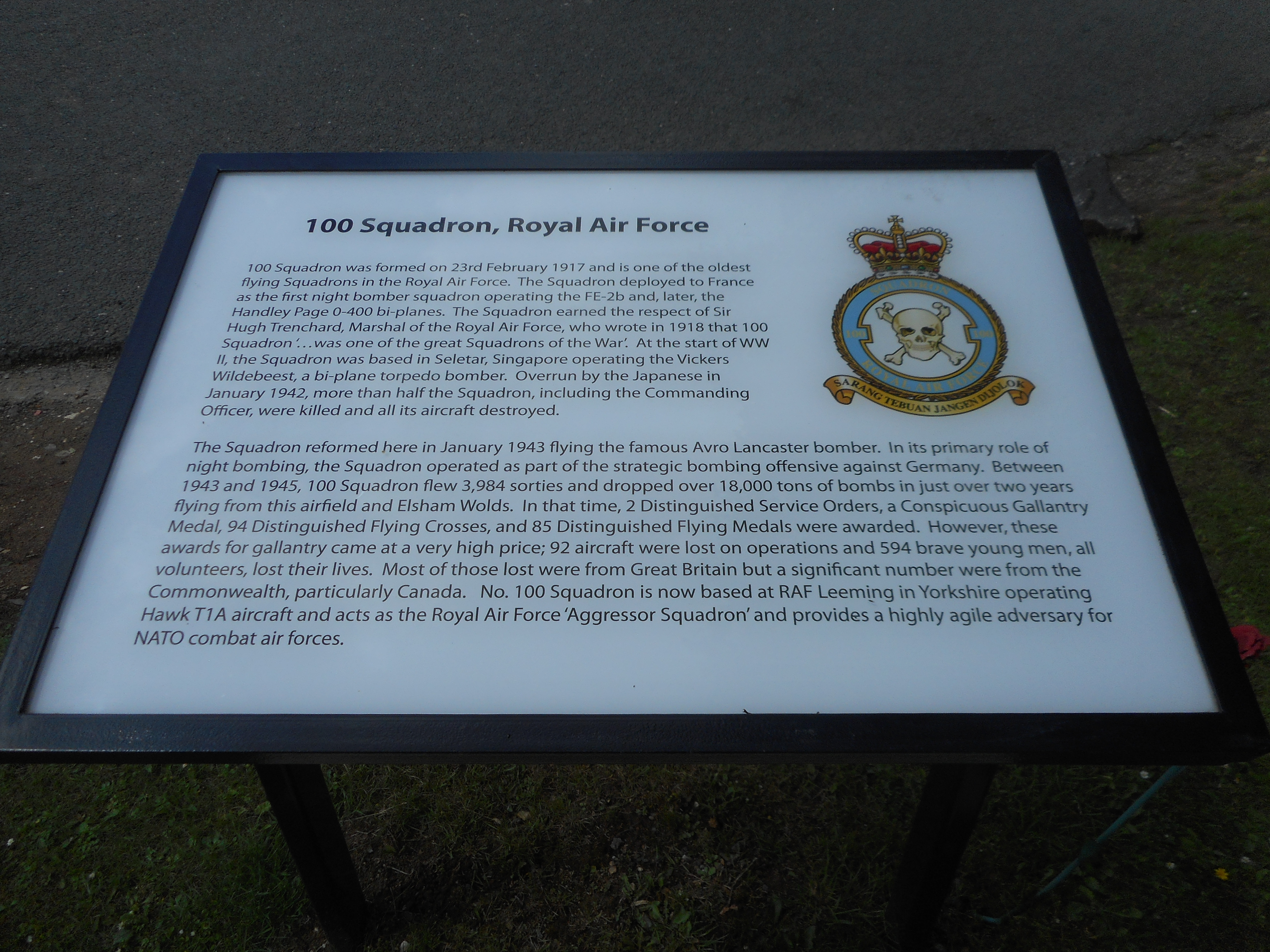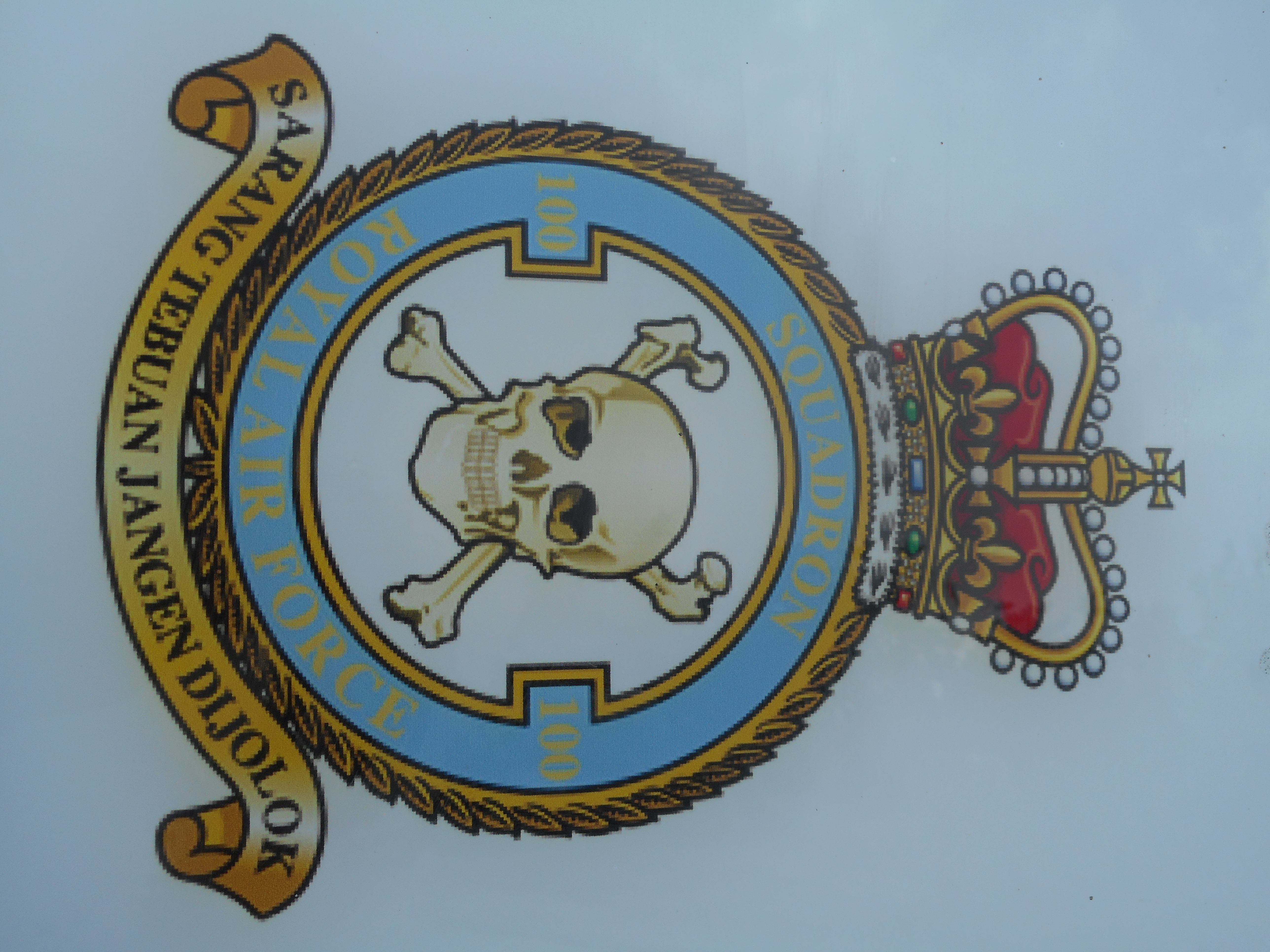Pascoe, Philip Jocelyn
Personal Information
| Rank | F/O |
| Forename(s) | Philip Jocelyn |
| Surname | Pascoe |
| Gender | M |
| Age | 31 |
| Date of Death | 29-06-1943 |
| Next of Kin | Son of James Sidney Pascoe and Florence Beatrice Philippa Pascoe (née Sutherland), of Québec, Canada. Husband of Cecelia Catherine Pascoe (née MacLachlan), whom he married on 28 March 1936 in Québec. Father of Barbara Elizabeth Pascoe (born 14 June 1937) and Cecelia Joscelyn Pascoe (born 25 February 1941). |
Aircraft Information
| Aircraft | Avro Lancaster I |
| Serial Number | ED362 |
| Markings | HW-E |
Memorial Information
| Burial/Memorial Country | Netherlands |
| Burial/Memorial Place | Rotterdam (Crooswijk) General Cemetery |
| Grave Reference | Plot LL. Row 1. Coll. grave 47-48. |
| Epitaph |
IBCC Memorial Information
| Phase | 1 |
| Panel Number | 82 |
Enlistment Information
| Service Number | J/14569 |
| Service | Royal Canadian Air Force |
| Group | 1 |
| Squadron | 100 |
| Squadron Motto | Sarang tebuan jangan dijolok (Malay - Don't let anyone attack the hornet's nest) |
| Trade | Pilot |
| Country of Origin | Canada |
Other Memorials
| Location | Rijksstraatsweg, Ridderskerk, Zuid Holland Province |
| Country | the Netherlands |
| Memorial Type | Propeller unit, inscribed memorial stone and stencilled composite information board |
| Memorial Text | Op deze plaats is tijdens de Tweede Wereldoorlog, op 29 Juni 1943, een Britse Lancaster bommenwerper neergestort. De Lancaster III ED362 HW-E for Easy was op de terugweg naar Engeland, na een bombardement op Keulen. Het toestel werd door een Duits jachtv |
| Location | Off the A16, Holton le Clay, Lincolnshire |
| Country | United Kingdom |
| Memorial Type | Inscribed Stone Pillar & Information Boards |
| Memorial Text | Do not attack the Hornets nest, 100 Squadron Royal Air Force Waltham Grimsby, December 1942 April 1945, Honour the brave |
Miscellaneous Information
| Philip was born on 9 August 1911 at Enniskillen Island, Fermanagh, Ireland. His father was born in Cornwall, England and his mother in Scotland. His father had lived in Poona, India and had been a major in the RAMC, his mother lived in Horsted Keynes, Sussex, England. Both were deceased by the time of Philip's enlistment. He had three brothers: Daniel, David (who served with the Royal Navy and was sadly lost at sea), and Bennett (who was serving in India). The schools he attended were Christ’s Hospital School, Sussex, England, 1919 -1928, MacDonald College, Québec 1929- 1931 and the University of Toronto, 1931-1935 (Batchelor of Veterinary Science). He also attended McGill University and worked as a Veterinary Inspector for the department of Agriculture for five years. The sports he sometimes joined in were soccer, rugby and swimming. |
| He enlisted on 20 October 1941 and after training was posted to the U.K. where he arrived on 9 November 1942. He then continued to 10(P) AFU 9 December 1942, 30 OTU 16 February 1943, 1662 CU 16 May 1943 and 100 Squadron on 4 June 1943. Sadly Philip was to lose his life very shortly afterwards on 29 June 1943. |
Commonwealth War Graves Commission
The National Archives
| Record of Events (Operational Record Book) AIR 27/796/8 |
| Summary of Events (Operational Record Book) AIR 27/796/7 |
Fellow Servicemen
Please note that this list gives all the losses aboard the quoted aircraft and occasionally these may have occurred on an earlier date when the aircraft was not itself lost. Please check the dates of death carefully.
Last Operation Information
| Start Date | 28-06-1943 |
| End Date | 29-06-1943 |
| Takeoff Station | Grimsby |
| Day/Night Raid | Night (12% moon) |
| Operation | Koln |
| Reason for Loss | Shot down by a night-fighter and crashed near Rijsoord, Holland |
